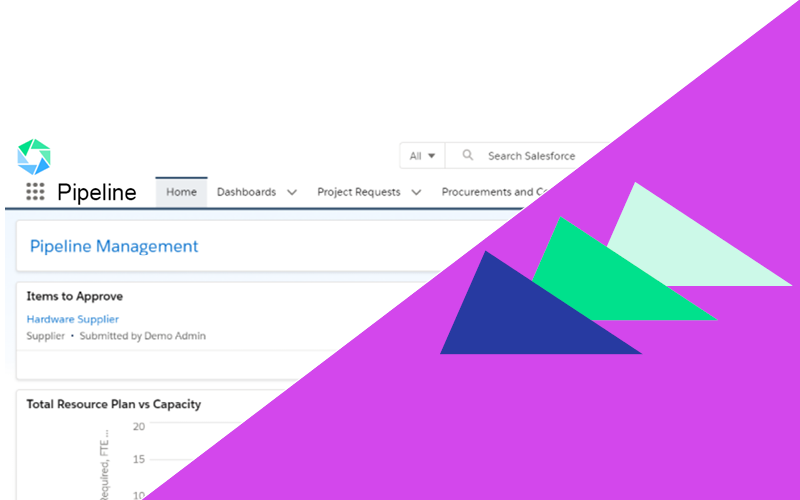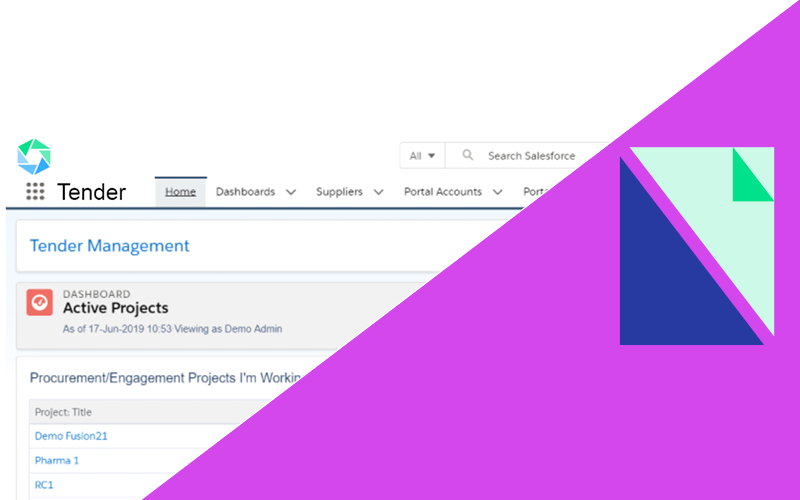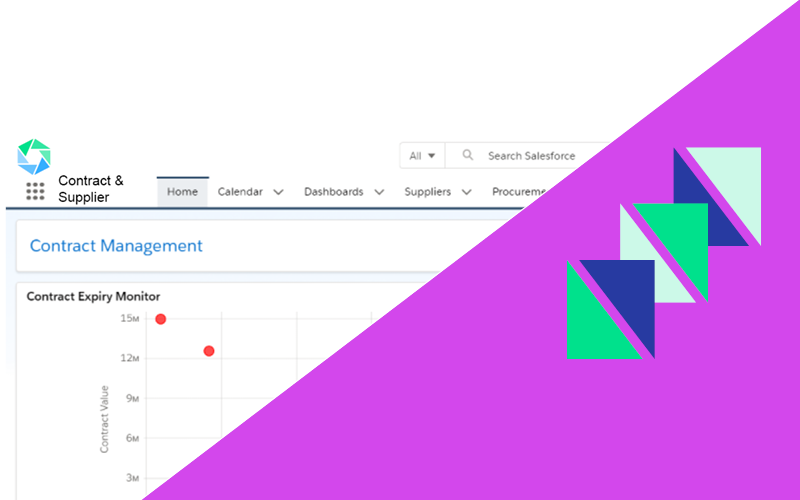Managing your suppliers effectively is essential to a successful procurement strategy and using the right tools such as SRM supplier relationship management software can help elevate your approach.
Procurement and your business overall need to understand whether your suppliers are delivering the services agreed in the contract. Knowing which suppliers you are most dependent on and mitigating any associated risks is also a key element of supplier management.
Your organisation may have to manage large numbers of suppliers meaning controlling spend, negotiating the best deals, and mitigating risk can be time-consuming and complicated. Maintaining a preferred supplier list will help make this process efficient and straightforward.
What is a Preferred Supplier List?
A preferred supplier or vendor list is a register of pre-assessed, agreed suppliers that your business will use to purchase goods and services from. The assessment process will ensure your preferred suppliers will support your organisation’s goals and objectives for growth and success.
Key Benefits of Maintaining a Preferred Supplier List
1. Data Driven Decisions with SRM Software Integration
Effective procurement decision making is data-driven, and putting together a preferred supplier list through a SRM supplier relationships management software is essential.
Your list should improve access to supplier information for your business and make purchasing easier for them. The easiest way to do this is to use a digital e-sourcing system which connects internal and external parties and provides up-to-date and relevant data for decision making.
2. Ensures best value and cost savings
A preferred supplier list will ensure your suppliers deliver the best value for your organisation in terms of price, quality, financial stability and contract performance. As you’ll be buying more from preferred suppliers, your purchasing power will be greater, and you will be able to negotiate better prices and save money.
3. Enhances Procurement Efficiency
Procuring goods and services can be time-consuming, especially when you need to undergo a tender process, collect bids from potential suppliers and negotiate contract terms. Buying goods and services is therefore much quicker and easier for business departments, as these steps have already been carried out centrally. Departments can instead focus on their primary purpose rather than administrative procurement tasks.
4. Reduces Supply Chain Risk
There are several risks relating to suppliers that can be mitigated by using a preferred supplier list when managing your supply chain. Your list will identify your critical suppliers whose goods or services are essential to your organisation.
You can then monitor their performance closely with SRM supplier relationship management software to ensure they are delivering on their contractual obligations. Your critical suppliers should provide higher service levels as their commitment to your business will be greater, and they will have a better understanding of it.
If you decide your reliance on certain suppliers is too great, you can look to diversify and spread the risk across several suppliers. If your due diligence unearths issues with suppliers’ financial stability, you can replace them with more stable organisations.
5. Improves Supplier Relationships and Control
Having a preferred suppliers list increases the control you have over procurement. Building relationships with these suppliers increases accountability, and you’re more likely to receive an improved quality of service. Communication will also be optimised, reducing the chance of misunderstandings occurring.
Building Your Preferred Supplier List
When putting a preferred supplier list together, start by assessing your current suppliers and identifying your most significant spend areas.
Define your requirements and take into account both your overall business and individual departments’ needs so you can find the correct suppliers. You also need to be mindful of overlooking smaller organisations and your diversity obligations.
Why SRM Supplier Relationship Management Software is Essential
Managing your preferred suppliers using a SRM supplier relationship management software ensures you have access to accurate supplier data so you can make informed decisions to maximise ROI.
Contact Atamis Today
Talk to Atamis today or book a demo to find out how our scalable solution can help you understand your supplier requirements and support and drive your procurement strategy.
 Our Pipeline App empowers your team to plan ahead and forecast for upcoming procurement activities.
Our Pipeline App empowers your team to plan ahead and forecast for upcoming procurement activities.  The Tender App allows your team to visualise all sourcing activities within your Atamis platform, from issuing tenders to receiving bids.
The Tender App allows your team to visualise all sourcing activities within your Atamis platform, from issuing tenders to receiving bids. Our Contract & Supplier App puts your team in firm control of your key supplier relationships and provides a central repository for all contracts.
Our Contract & Supplier App puts your team in firm control of your key supplier relationships and provides a central repository for all contracts.  Our Enhancers ensure your solution is tailored to your needs. Pick and choose additional functionality that fits your requirements.
Our Enhancers ensure your solution is tailored to your needs. Pick and choose additional functionality that fits your requirements. 



